The Key to Better Sleep: How the Right Pillow Can Combat Insomnia
Are you seeking the perfect pillow for insomnia? The place you rest your head and body has a significant impact on sleep quality. Enough rest is vital for consistent mental and physical health and avoiding complications.
Insomnia affects many people worldwide. It’s disruptive to your daily routine and affects your moods and cognition. Some struggle to fall asleep, while others wake up constantly throughout the night. It’s an unpleasant disorder that diminishes your quality of life.
Introducing the Sleepgram 3-in-1 Adjustable Pillow Multipack. It could be the ideal solution for unlocking a good night’s sleep, consistently.
Join us as we delve into insomnia, what causes it, and how to combat it. Learn all about our Sleepgram pillow, how it works, and what practices to follow to complement it.
Understanding insomnia and its impact on sleep

Insomnia is an acute or chronic sleep disorder that disrupts sleep patterns. It affects multiple areas of your life negatively, from physical functions to concentration. Moods, energy, and performance decrease, and you feel perpetually tired.
Short-term insomnia affects many individuals at various life stages. It usually occurs when facing stress, grief, or trauma, and lasts a few days or weeks. Some develop it chronically, dealing with it for months or even years. It can impair social, cognitive, and emotional capabilities.
Insomnia starts taking a toll on physical health. The immune system weakens, leaving the body more vulnerable to sickness and disease. A lack of sleep also reduces recovery capabilities. It takes longer to heal from wounds, exercise, and even injuries.
Individuals experience an increase in irritability, depression, and stress. Problem-solving tasks become more challenging, and headaches grow more frequent. Some may also become more sensitive to pain. Distressing emotional and physical situations can upset them more than usual.
Getting a proper pillow for insomnia could improve your sleep quality. Many people struggle with discomfort when resting. The right bedding improves physical and mental health.
Understanding what causes the disorder is vital before looking at external factors. Below are ten possible causes of insomnia.
The ideal pillow for insomnia should give you the right amount of sleep. Most adults need 7–9 hours every night. Those who don’t have the disorder report more consistent, high-quality rest.
The role of pillows in sleep quality
We often overlook pillows in mapping out peak comfort. Weighted blankets, soft sheets, and an accommodating mattress usually take priority. They all contribute to a good night’s rest, but the right headrest can make a world of difference.
The wrong pillow can exacerbate sleep issues. It could promote bad posture, hurt your neck, and leave you feeling stiff in the morning.
One that’s too hard or big puts your head in awkward positions, upsetting your body’s alignment. You struggle to breathe because of a restricted airway, causing you to toss and turn. Your spine and neck also face strain because they aren’t receiving the right support.
You risk muscle and joint strain if a pillow is too high or low. It puts your neck in jeopardy as it’ll gravitate forward or bend to the side. Your shoulders put in more effort to support your head, causing pain when you wake up.
The right pillow for insomnia contributes to higher-quality sleep. You rest better when your body is comfortable, especially your neck. The wrong choice can worsen numbness in your arms and cause back and knee pain. It can also exacerbate headaches and fatigue.
Thermoregulation is a natural process that keeps your body’s core temperature consistent. It usually adjusts to the surrounding environment. Shivering helps you warm up while sweating cools down.
Your body relies on thermoregulation for sleep. Internal temperatures drop before bed and during non-REM (rapid eye movement) stages. They rise again in the transition to REM sleep.
Getting hot while you sleep can cause night sweats and hot flashes. They interrupt your rest and cause you to toss and turn constantly. A cool pillow remedies this by preventing your face from heating too much.
The age of your pillow also plays a role in sleep quality. It loses its shape and comfort over time, worsening issues if you keep using it. Dust mites, mold, and other particles build up, affecting your physical health. You may wake up often with a blocked nose and tight chest.
Finding the right pillow and changing it every year or two ensures better sleep quality. Clean it often, keeping the specific material requirements in mind.
Features of the Sleepgram 3-in-1 Adjustable Pillow Multipack

What’s the next step?
Our Sleepgram pillow for insomnia has brought smiles to many happy sleepers worldwide. We created it to suit various sleeping preferences for ultimate bliss. It’s fully customizable and adjustable, letting you choose your comfort.
The Sleepgram 3-in-1 Adjustable Pillow Multipack comes in a Standard/Queen size. It measures 18” x 26”, including the 2” gusset (cover). You may also get the King size, measuring 18” x 33” with a 2” gusset.
The pillow has a comfortable 100% cotton cover with polyester fabric lining. We fill it with premium polyester microfibers measuring a tenth of human hair. These materials promote perfect heat distribution while keeping your face cool all night.
We make our adjustable pillow with 100% organic materials and no animal by-products. They don’t pose threats to your skin and are hypoallergenic to avoid discomfort.
Customizable comfort for every sleeper
Are you ready for supreme comfort? The Sleepgram 3-in-1 Adjustable Pillow for insomnia is completely customizable.
The 3-in-1 factor includes a cover and two different-sized designs inside. You may choose between soft, medium, or firm configurations based on your preference.
The internal pillows have labels to distinguish them easily. The red one is medium, and the blue is soft. Combining both provides a firm headrest that still has malleable properties. You may also use the outer cotton cover on its own for a slimmer headrest.
Side sleepers benefit from medium-thick pillows. They take pressure off the neck and support its alignment. Polyfil orthopedic or memory foam options are ideal as they offer malleable support. A contour knee pillow could prevent movement and maintain hip alignment.
Extra loft pillows benefit back sleepers. They should have a comfortable edge that supports your neck. Your head, spine, and neck should remain perfectly aligned. Contour or memory foam options are excellent for this sleep style.
Stomach sleepers fall in a rarer category, and many doctors don’t recommend it. Lower back pressure and unnatural neck twisting can cause issues. A thin pillow is best, and you may place an extra one under your pelvis to support your spine.
Each design in our Adjustable Pillow for insomnia fits different sleep styles.
The blue pillow suits back sleepers and is around 2.5 inches high. The red one is ideal for side sleepers, standing at 4.5 inches. You may use the cover on its own if you lie on your stomach. It’s about 3.5 inches high.
How the right pillow can combat insomnia
Common sleep issues point toward discomfort as a cause. We usually struggle with insomnia more in new environments and in different beds. Carrying the right pillow with you could combat these problems and help you have a sound night of rest.
Many methods exist to help you fall asleep, but your bedding plays a major role. You may subconsciously delay bedtime because of associated discomforts. What if there were reasons to look forward to it without sleeplessness or pain?
The Sleepgram Adjustable Pillow for insomnia could improve physical and mental health. You experience enhanced sleep quality once your body can rest in complete comfort. Positive changes may even happen after the first night.
Sleeping peacefully for the ideal 7–9 hours can improve moods the following day. You find yourself concentrating better and experiencing less anxiety.
Work productivity increases and you have more motivation to interact with others. All of these upsides boost your well-being, leading to better sleep that night. A positive cycle ensues, improving multiple areas of your life in succession.
The cooling properties of the Sleepgram pillow contribute to healthy thermoregulation. It can deflect heat and encourage healthy non-REM and REM sleep.
Many sleepers have been happy with the Sleepgram pillow. Below are four reviews from enthusiasts worldwide.
- “Now, I can make my pillow SOFTER, more Firm, however I wish in ONE PILLOW! I have had the BEST sleep ever since I received my Sleepgram Pillow! Thank You!!” – Annemarie N.
- “As a side sleeper, I prefer a lot of support. This pillow provides that but is still soft and comfortable. The adjustability is a great feature, as well as the ability to wash it. Best pillow I have ever tried.” – Rhonda W.
- “Very comfortable; the padded pillow tick is genius. Sleeping well. Best pillow I’ve tried ( and I’ve tried at least a dozen)!” – Maria P.
- “I sleep now over 8 hours a night use to be 5 or 7 hours! They are soft but supportive! If you like a great pillow get this one!” – Richard M.
- “The Sleepgram bed pillow is extremely comfortable and has definitely made a difference in the quality of my sleep but most importantly, I no longer wake up with excruciating neck pain with accompanying headaches!! It really does help!” – Colleen I.
Over one million Americans and people worldwide love the Sleepgram pillow. Many have touted its amazing benefits in alleviating their insomnia. Even more have reported improved sleep quality, less pain, and happier mindsets.
Aligning neck and spine for optimal sleep
The Sleepgram Adjustable Pillow for insomnia has ergonomic benefits that surpass improved comfort. It lets you customize the height and switch to your desired firmness. This feature supports proper neck and spine alignment while you sleep.
Stomach sleepers love the flatter blue pillow. Place the cover under your hip to support spine alignment. Back sleepers can roll it up and place it under their neck for protection.
The thicker red pillow is ideal for side sleepers. It helps maintain your neck and spine’s natural curves to avoid strain.
The alignment of your neck is crucial for experiencing comfort. Correct positioning contributes to 30% of total comfortability. Poor posture with the wrong pillow can disrupt sleep and cause pain across your body.
Visit the chiropractor at least once monthly. They help to realign joints gently, focusing on the spine to restore some of its natural posture. Your muscles, bones, ligaments, nerves, and tendons also experience improvements.
Proper spine and neck alignment promotes deeper, more restorative sleep. It prevents discomfort and leaves you feeling refreshed and pain-free in the morning. Your pillow’s firmness, height, and shape determine how it accommodates your body.
Finding the right pillow for insomnia that suits your sleep style is crucial. Sleepgram is versatile, letting you customize it until you find the right fit. Put it in the tumble dryer for 10–15 minutes to fluff it up for extra softness and malleability.
The adjustable pillow supports different sleep styles. Experiment with each one for several days to find your best fit. A more comfortable and deeper night’s rest is on the horizon once you find your perfect match.
Incorporating the Sleepgram pillow into a healthy sleep routine

The Sleepgram 3-in-1 Adjustable Pillow Multipack is a wondrous addition to your bed. It provides several benefits, but achieving healthy sleep also involves developing a routine. External factors can cause or worsen insomnia, but what about your immediate environment?
A healthy work and home environment promotes better productivity and moods. Forming routines and beneficial habits can affect multiple areas of mental health. The place where you slumber is no different.
Creating a sleep-friendly bedroom helps you enjoy better, more fulfilling rest. Eliminating stressors and maximizing therapeutic tools contribute to a happy lifestyle. Simply cleaning your silk pillowcase frequently can maintain consistent general health.
Below are nine ways to instill a healthy sleep routine.
- Keep your room clean. A messy environment may contribute to stress, increasing the risk of insomnia. Put time apart on the weekend to reorganize and declutter your bedroom. Make your bed and fluff out your Sleepgram pillow for insomnia daily.
Remove any reminders of work or other stressors, like job tasks or personal projects. Try to keep exercise equipment, televisions, and computers in another room. They could distract you while you’re trying to sleep.
- Ensure your room smells nice. We associate memories, emotions, and thoughts with specific scents. Essential oils in a vaporizer or diffuser can help you relax mentally and physically. Vanilla and lavender are also excellent aromatherapies to promote sleep.
- Minimize lights. Our brain works on a wake-sleep cycle, known as the circadian rhythm. Darkness signals that it’s time to start unwinding and preparing for bedtime. A table lamp, phone screen, and streetlights can negatively affect us during the night.
Wear an eye mask and hang blackout curtains in front of your windows. Read before bed and stop using electronic devices around an hour before sleeping. Blue light filters for your phone and PC can also reduce strain on your eyes during the day.
- Keep the air fresh. Ventilation is essential for avoiding dust and mold buildup. It promotes better breathing, which improves sleep quality. Avoid excess humidity and use an air purifier to reduce allergens.
- Keep your room cool. High-temperature weather affects sleep quality and appetite negatively. The ideal setting should be 60–67°F. Use a room fan and thermostat to regulate these levels. A Sleepgram pillow for insomnia also has cooling properties.
- Exercise regularly. Engaging in physical activity boosts endorphins and improves general well-being. It can also regulate your system and help you sleep better. Cardiovascular exercises enhance breathing, metabolism, and cognition.
- Reduce noise. Wear earplugs if you live in a busy neighborhood or stay with noisy people. A white noise sleep machine helps block out sounds and soothes you to sleep. Some apps can play relaxing melodies to help you unwind.
- Limit your caffeine intake. Coffee has many benefits and can boost energy and concentration. Drinking it up to six hours before bedtime can affect your sleep quality negatively. Avoid drinking it from 2 p.m. to prevent insomnia.
- Avoid late and long naps. Taking a quick power nap from time to time can be beneficial, but it should only be 15–30 minutes. Avoid dozing in the late afternoon or evening, as it can make it challenging to sleep come bedtime.
Your sleep should improve once you implement a healthy routine and stick to it. Try to avoid deviating from schedules, as they can also worsen symptoms. Go to sleep and wake up at the same time wherever possible, even on weekends.
Keep a diary to motivate yourself and monitor your progress. There are also apps that can track your sleep patterns and document disruptions. Journaling provides valuable insights into areas you can improve on. It also shows you which techniques are working.
Rope your friends in to encourage each other and celebrate individual achievements. The positive benefits will affect multiple areas of your life, and you’ll be grateful that you stuck with it.
Complementary practices for combating insomnia
Your new Sleepgram pillow for insomnia could start helping you within days. Other activities exist that could complement and enhance your newfound benefits. Many have experienced breakthroughs by engaging in them frequently.
Below are six potential insomnia-fighting practices.
- Melatonin is a natural hormone that plays a role in regulating your sleep-wake cycle. Supplementing it in capsule or liquid form could help you nod off faster. It may improve sleep quality and help combat symptoms of insomnia.
Speak to your healthcare professional before taking melatonin. It may have negative interactions with other medications. A typical dose is 1–5 mg, but it varies between individuals.
- Magnesium-rich foods and supplements could also help you sleep better. It may alleviate stress and relax your muscles, leading to a more comfortable slumber.
- Lavender oil won’t only make your room smell nice. It’s also a natural remedy that promotes relaxation. Use it in a massage oil, patch, diffuser, or pillow spray. It could alleviate insomnia and improve sleep quality.
- Practicing mindfulness could improve your moods and reduce stress. It may help some people fall asleep in less than a minute. People report calming mental and physical effects, improving sleep quality and duration.
- Progressive muscle relaxation (PMR) is a technique to practice while falling asleep. Close your eyes and focus on tightening and relaxing your muscles. Start at your forehead and work your way down to your toes, one muscle at a time.
- Cognitive behavioral therapy for insomnia (CBT-I) shows promise in reducing symptoms. It’s a structured, evidence-based, and short psychotherapy. Therapists help individuals identify problematic feelings, thoughts, and behaviors related to sleep.
Imagine climbing into your bed every day. Your head hits your Sleepgram pillow for insomnia, and you’re asleep before you know it. No more counting sheep, staring endlessly at the ceiling, or tossing and turning.
Combining a high-quality pillow with healthy routines can improve your sleeping life significantly. Many people living with insomnia say it’s miles better than most OTC and prescription drugs.
Natural and naturopathic approaches continue to dominate the mental health field. Imagine a world where everyone had the perfect personalized bedding. It would likely be a far more peaceful plane of existence.
Break free from the shackles of insomnia with Sleepgram

Insomnia is a sleep disorder with crippling effects on mental and physical health. Insufficient rest can lead to depression, lower cognition, and impaired social capabilities. It can affect productivity and cause issues in various areas of life.
Several factors can cause the onset of acute or chronic sleeplessness. Conventional remedies exist, but many overlook the most obvious answer: bedding. The Sleepgram 3-in-1 Adjustable Pillow for insomnia offers personalized comfort on unprecedented levels.
Our triple design caters to all sleep styles, whether you lie on your back, side, or stomach. It’s hypoallergenic and has cooling features to improve comfort.
The right pillow, combined with practices like mindfulness, can greatly enhance sleep quality. Changing your environment and minimizing light exposure also improve your slumber.
Are you ready to break free from the shackles of insomnia and experience peak comfort? Get the Sleepgram Pillow to start enjoying benefits within a week. Browse our blog for a vast source of information on achieving the best sleep of your life.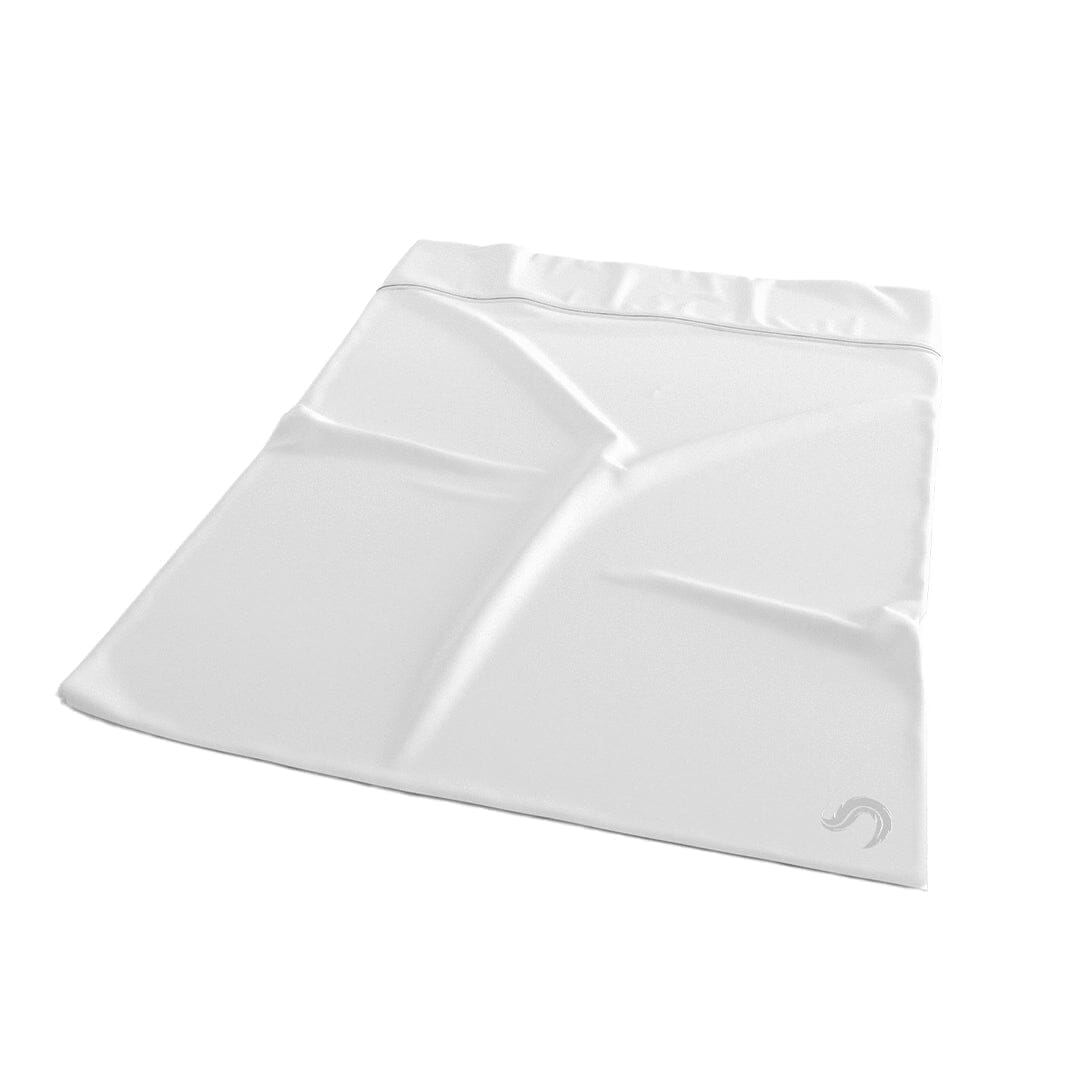
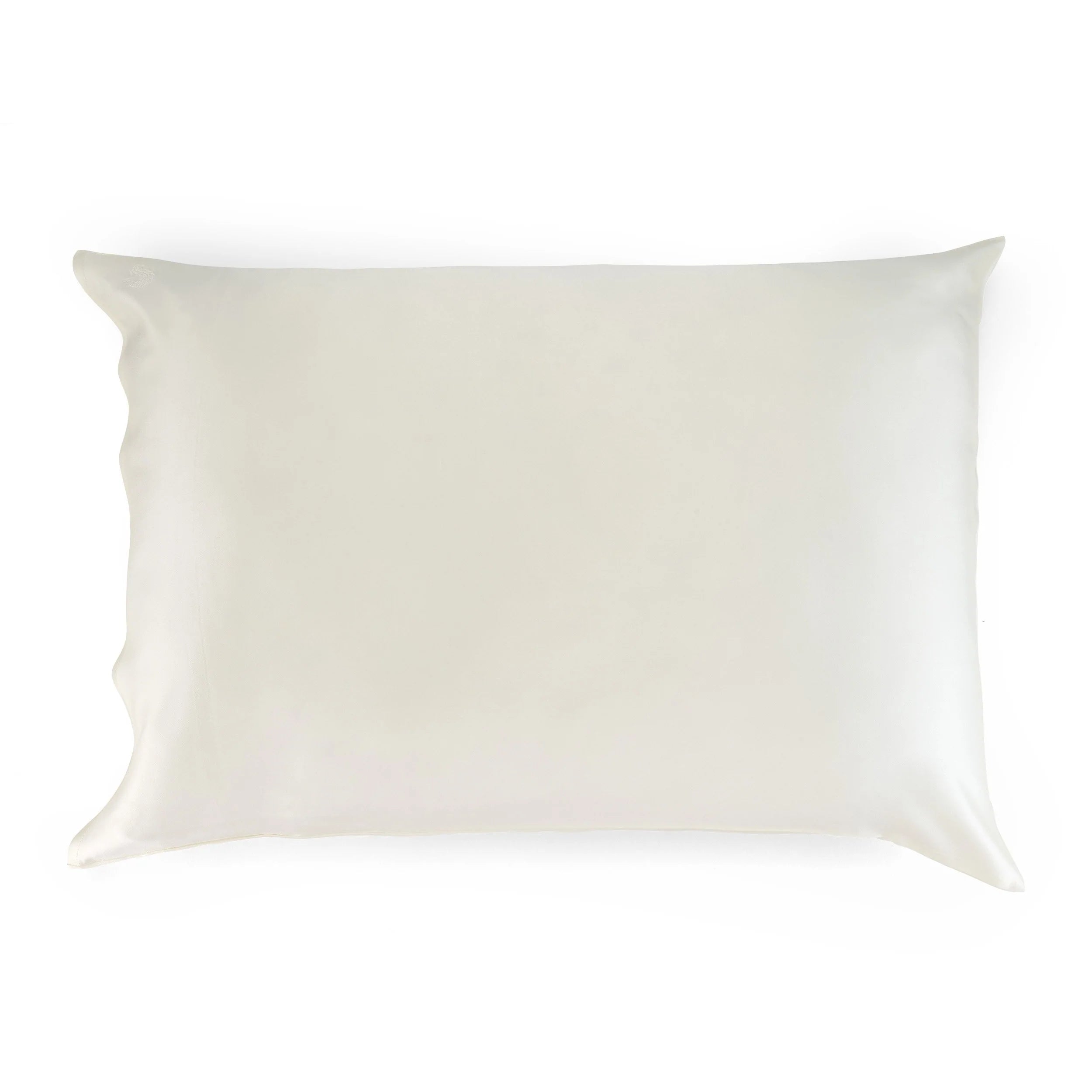
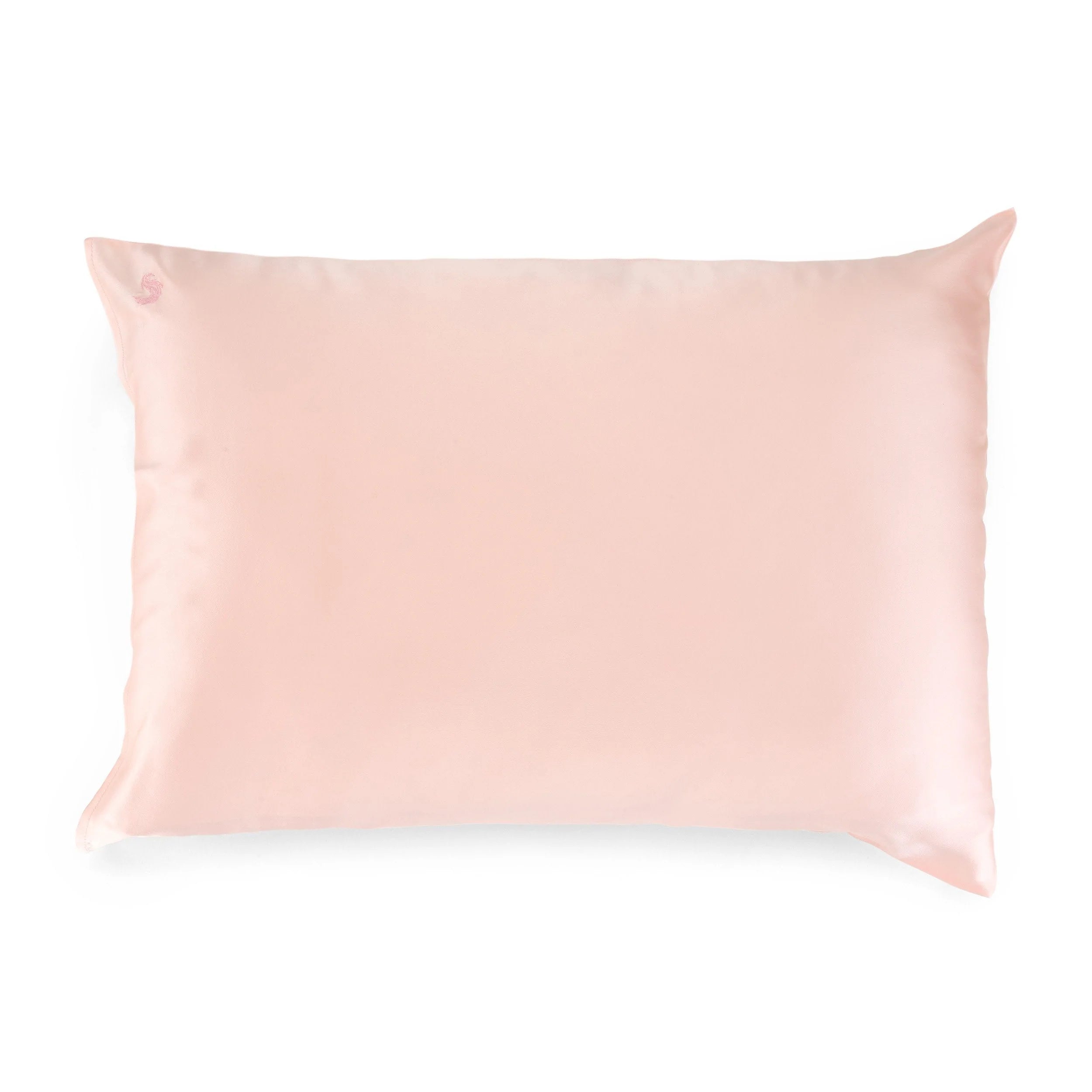
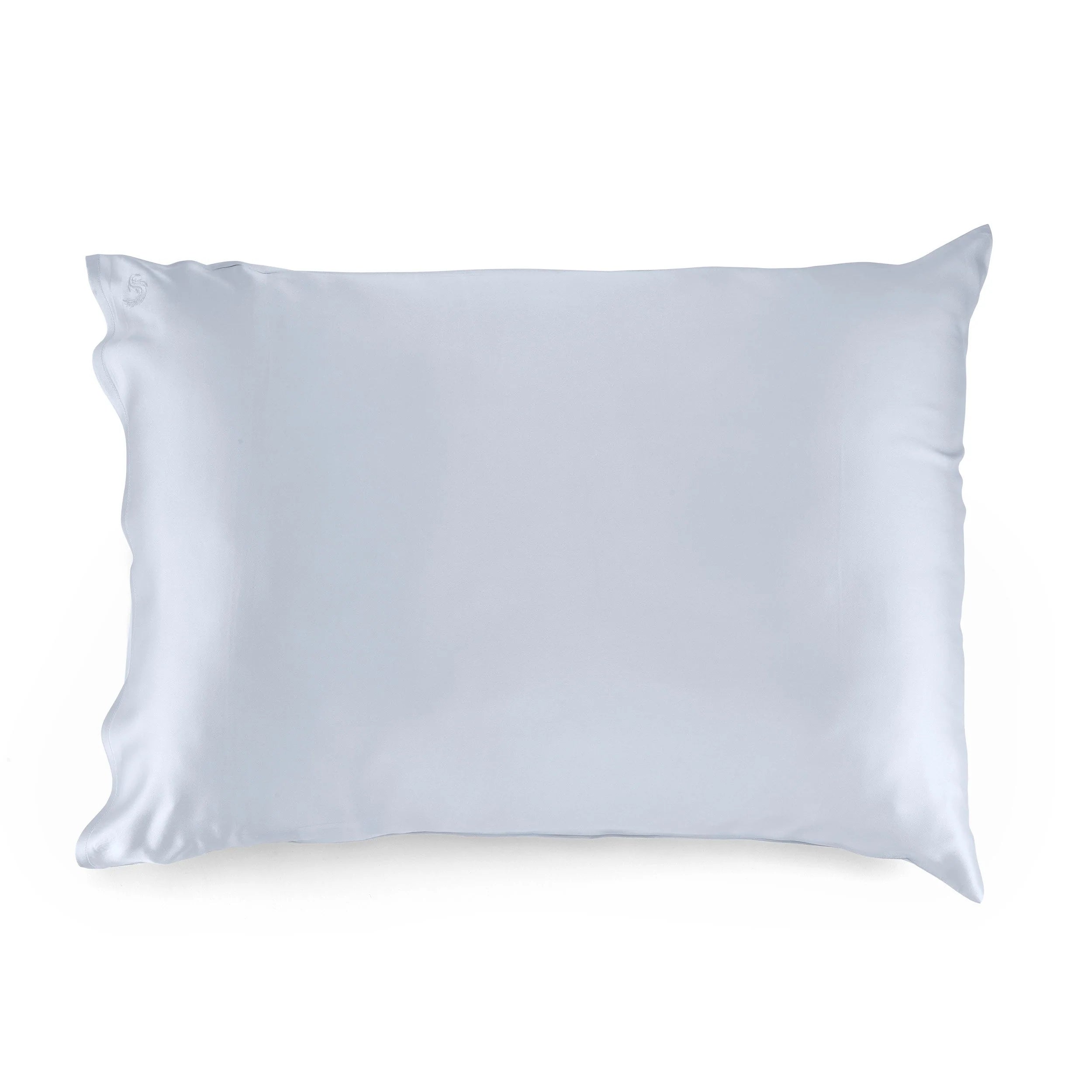
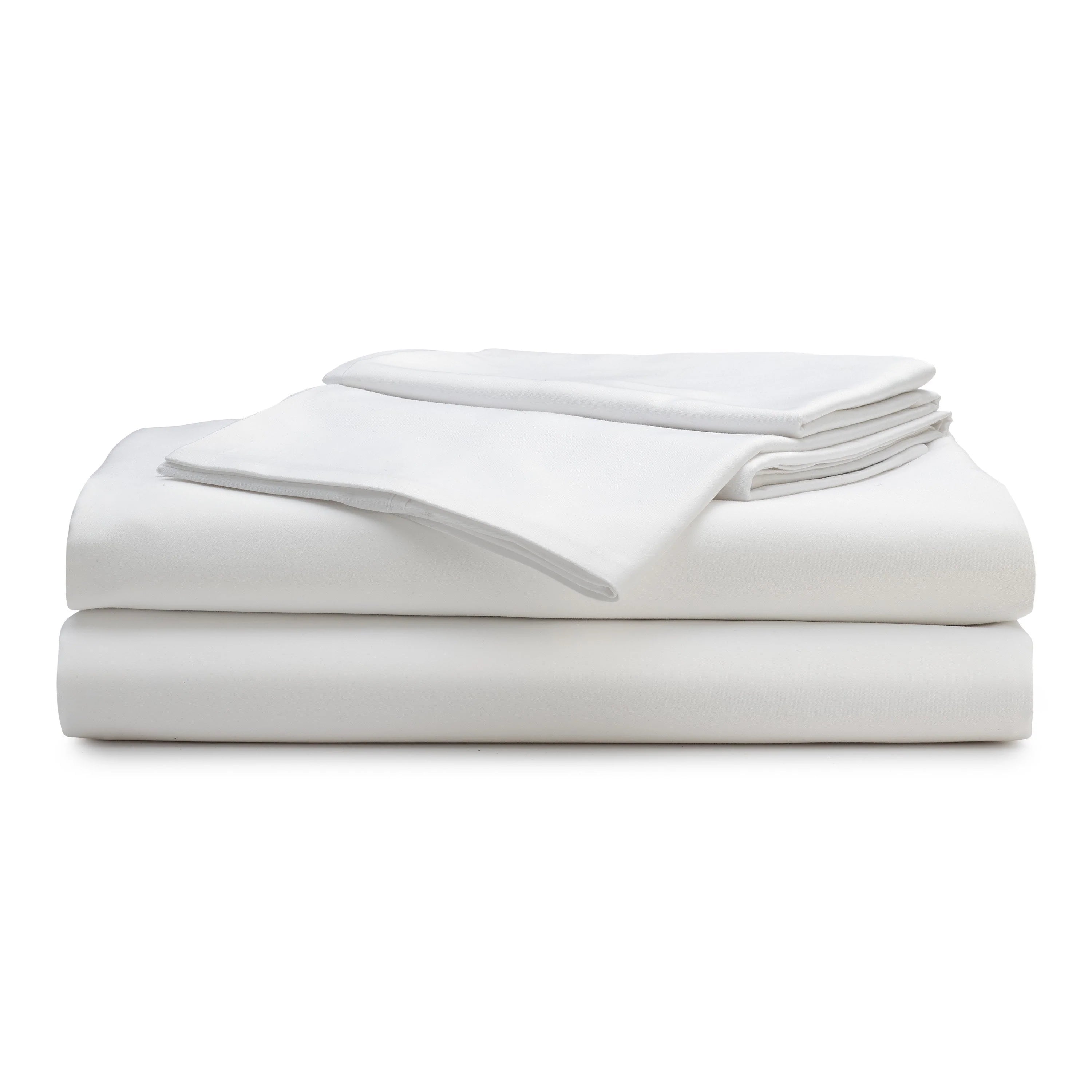
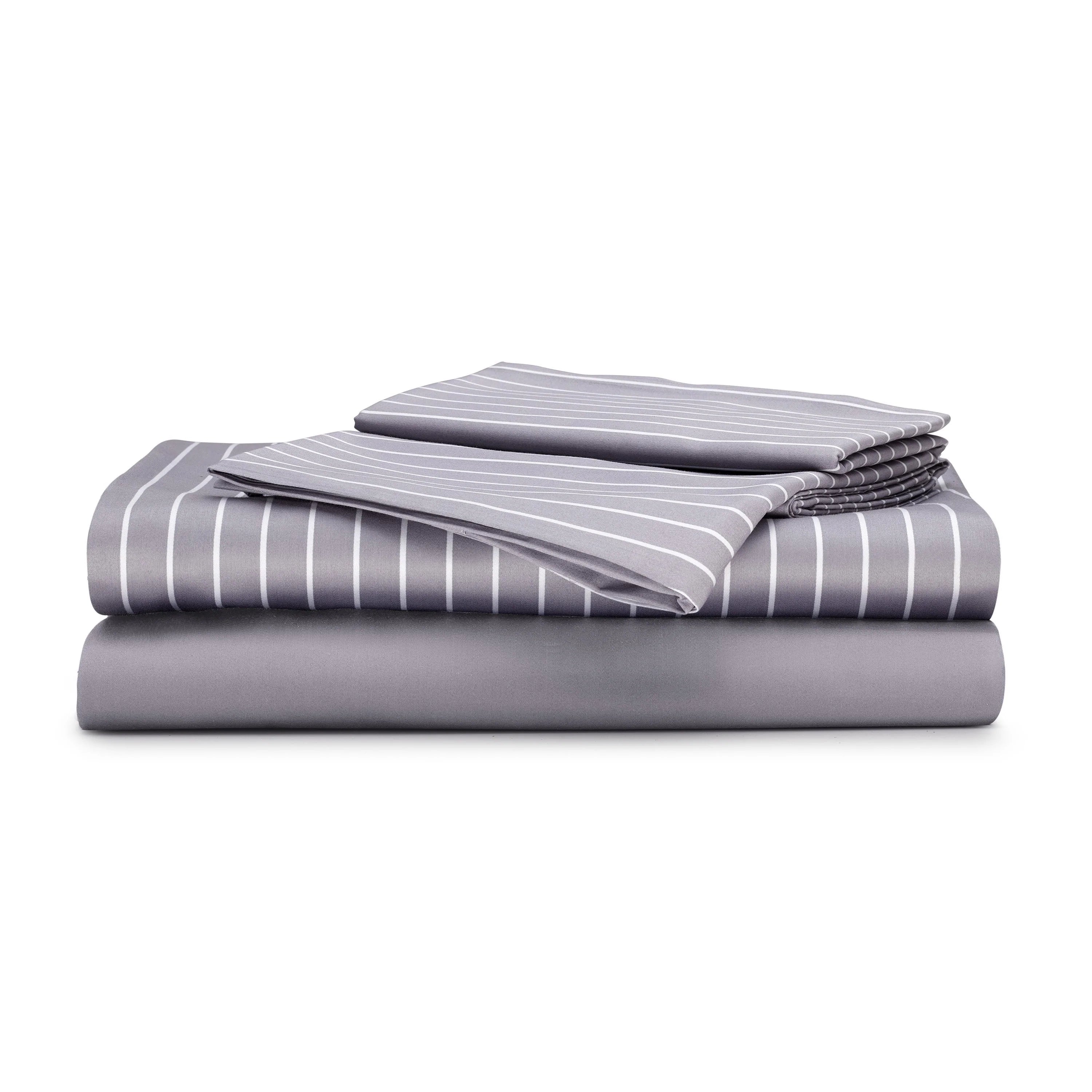

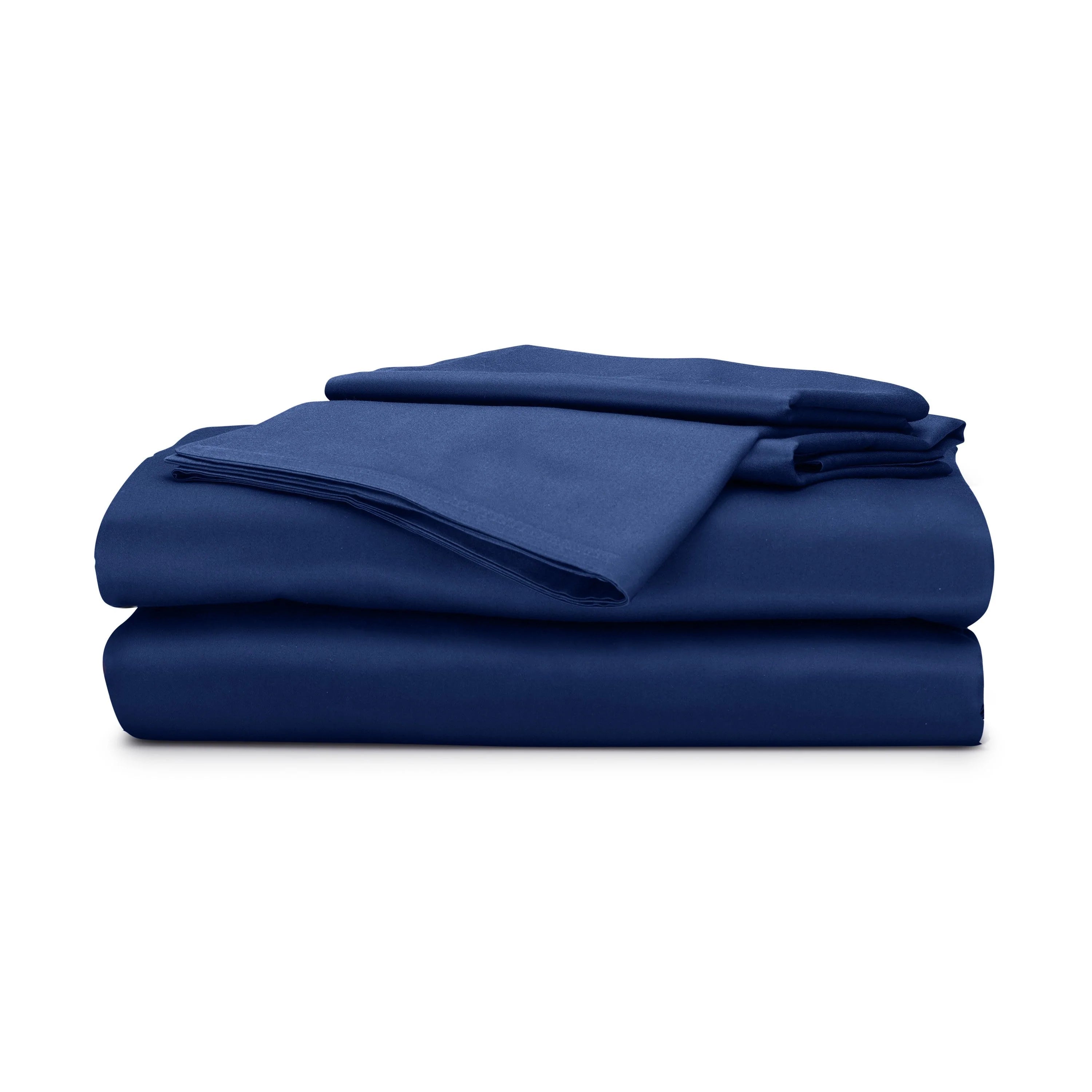
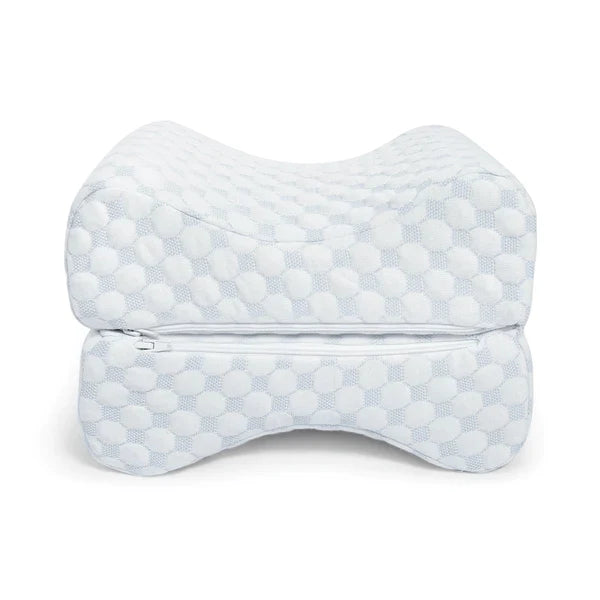
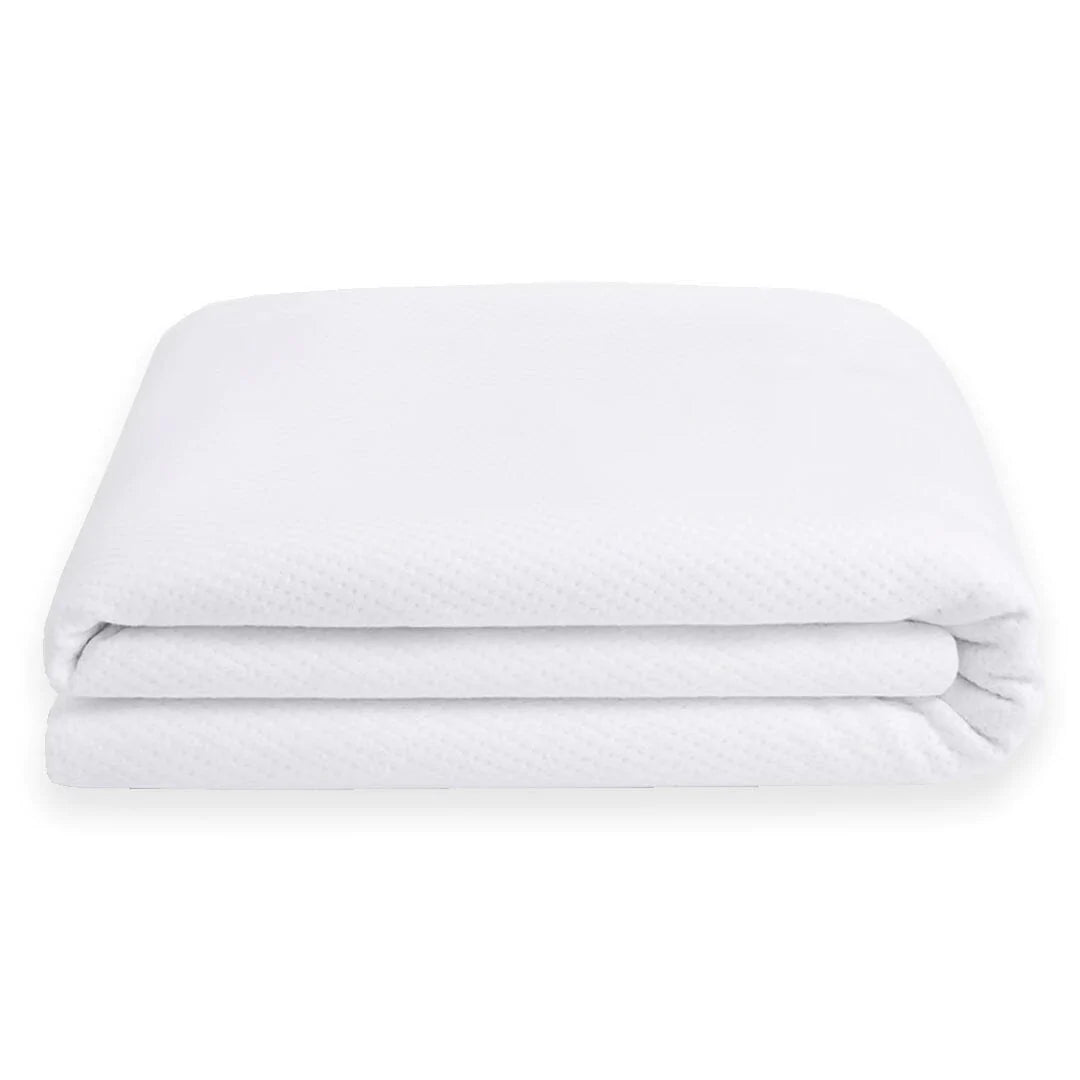
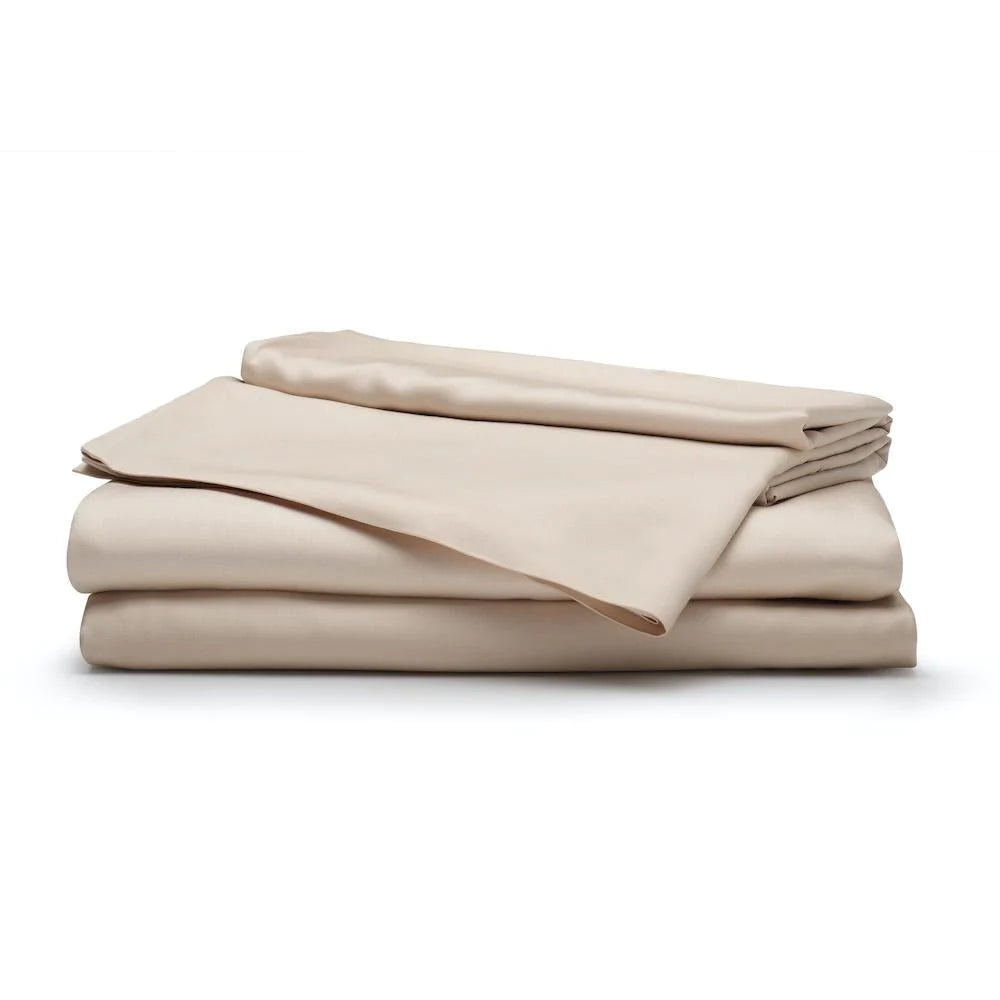
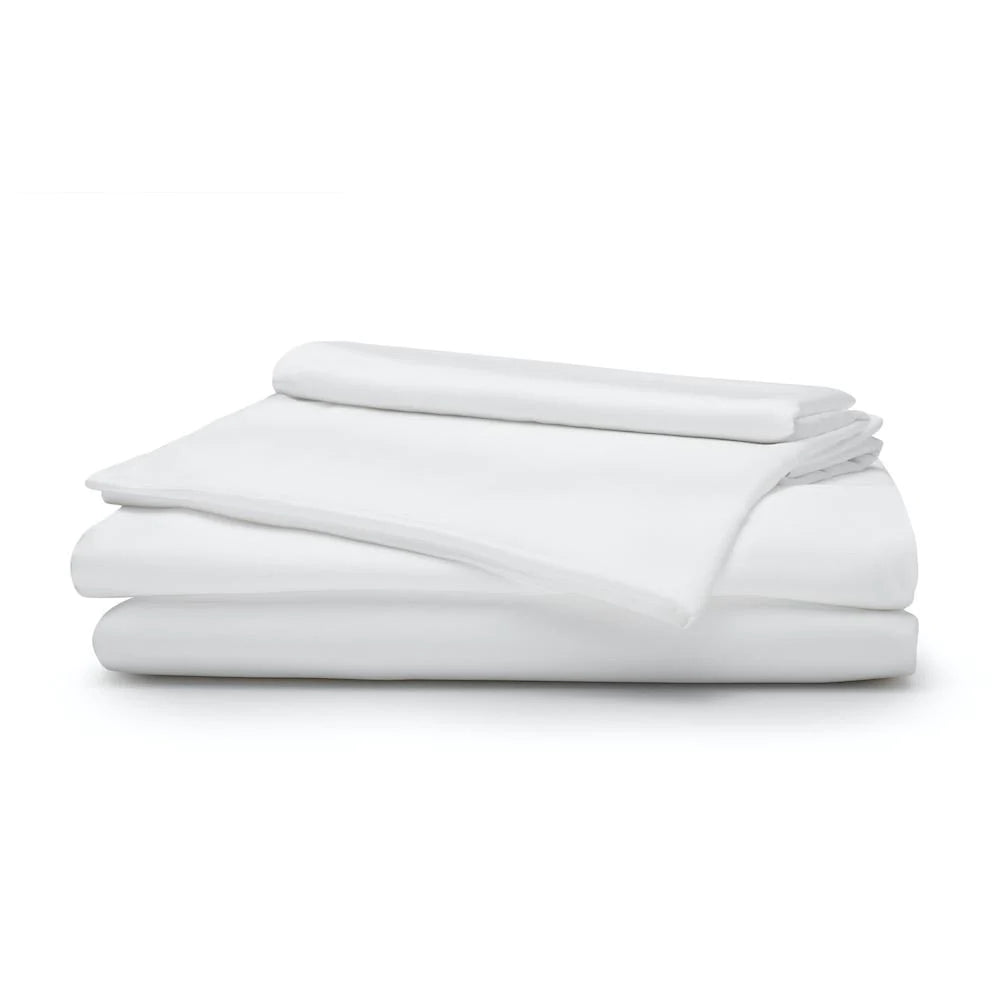
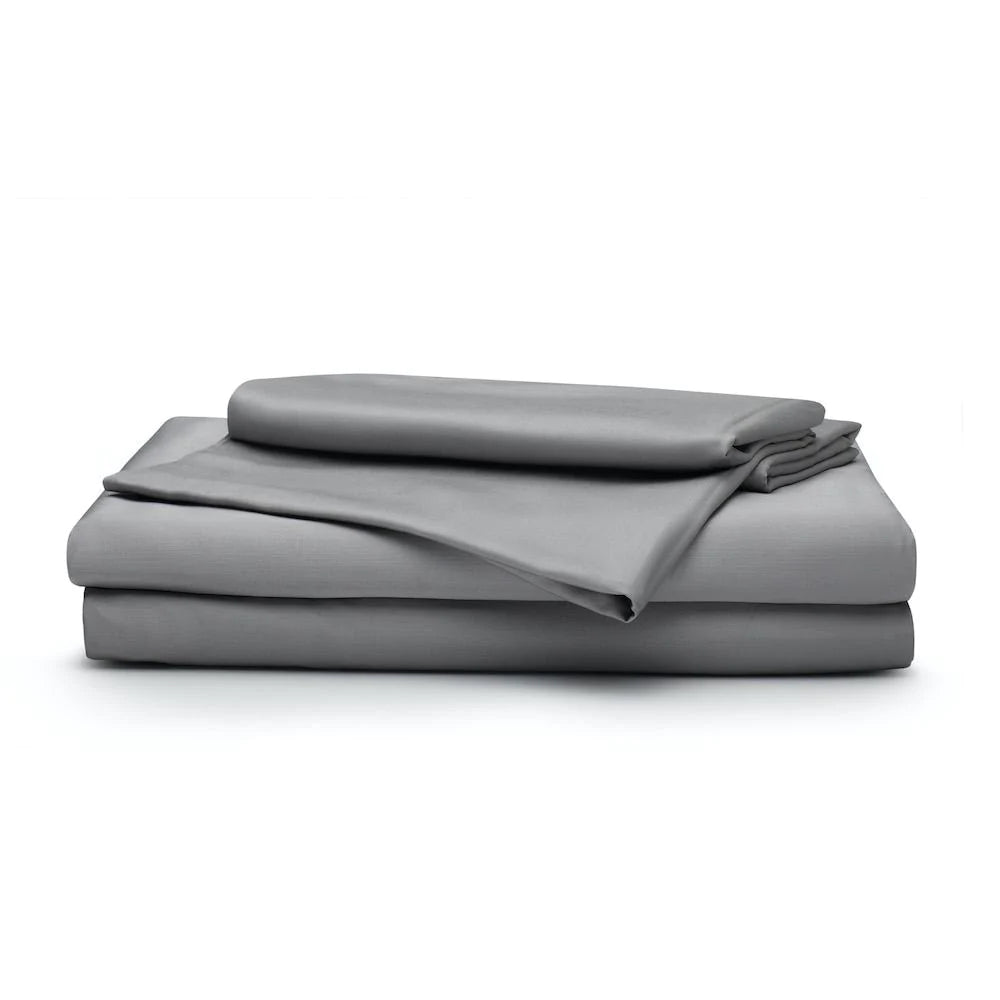

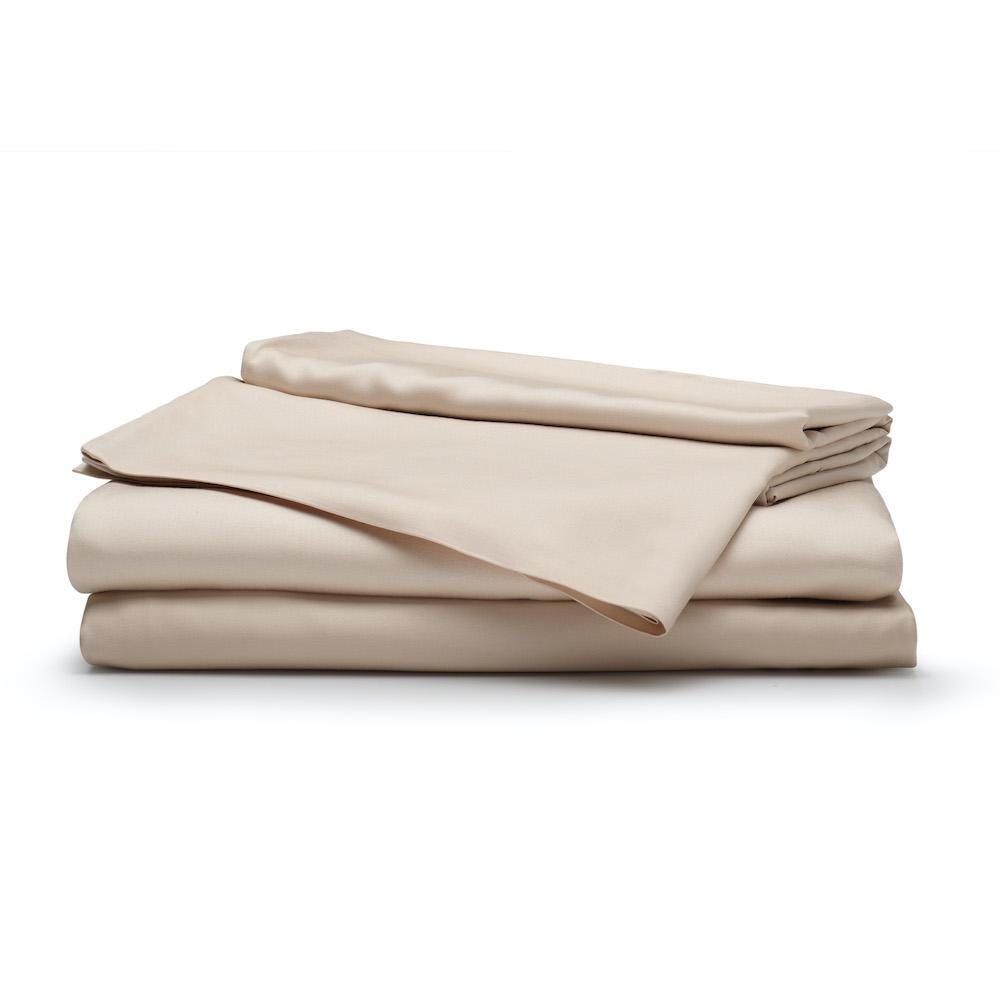
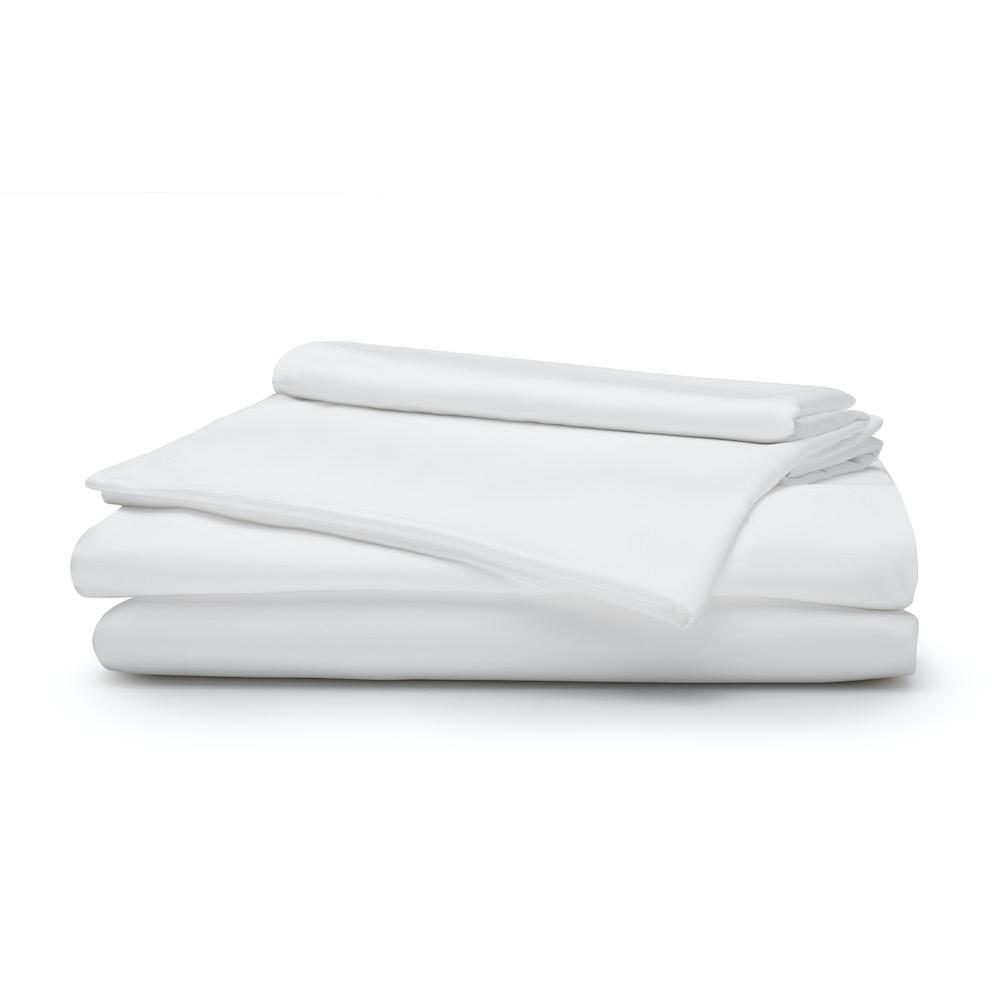
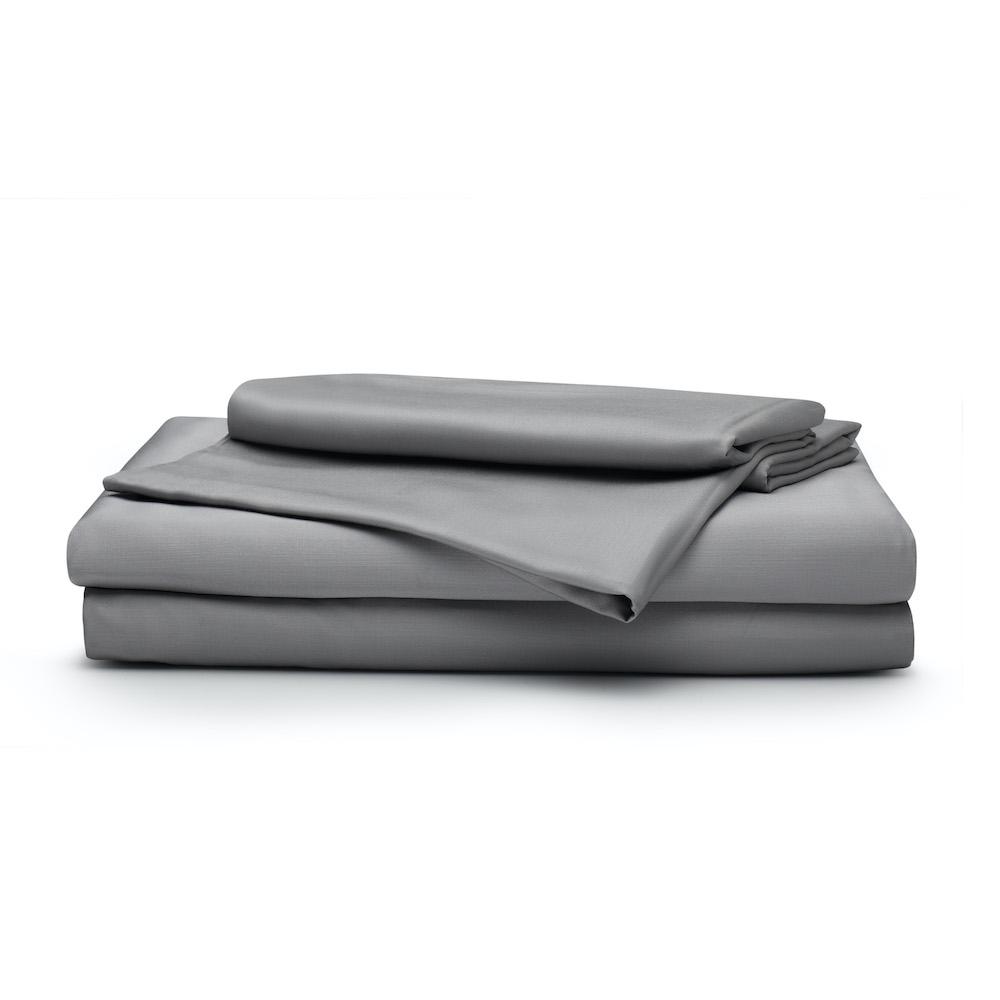
 9 reviews
9 reviews